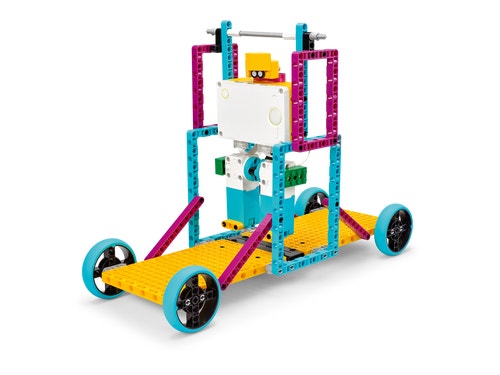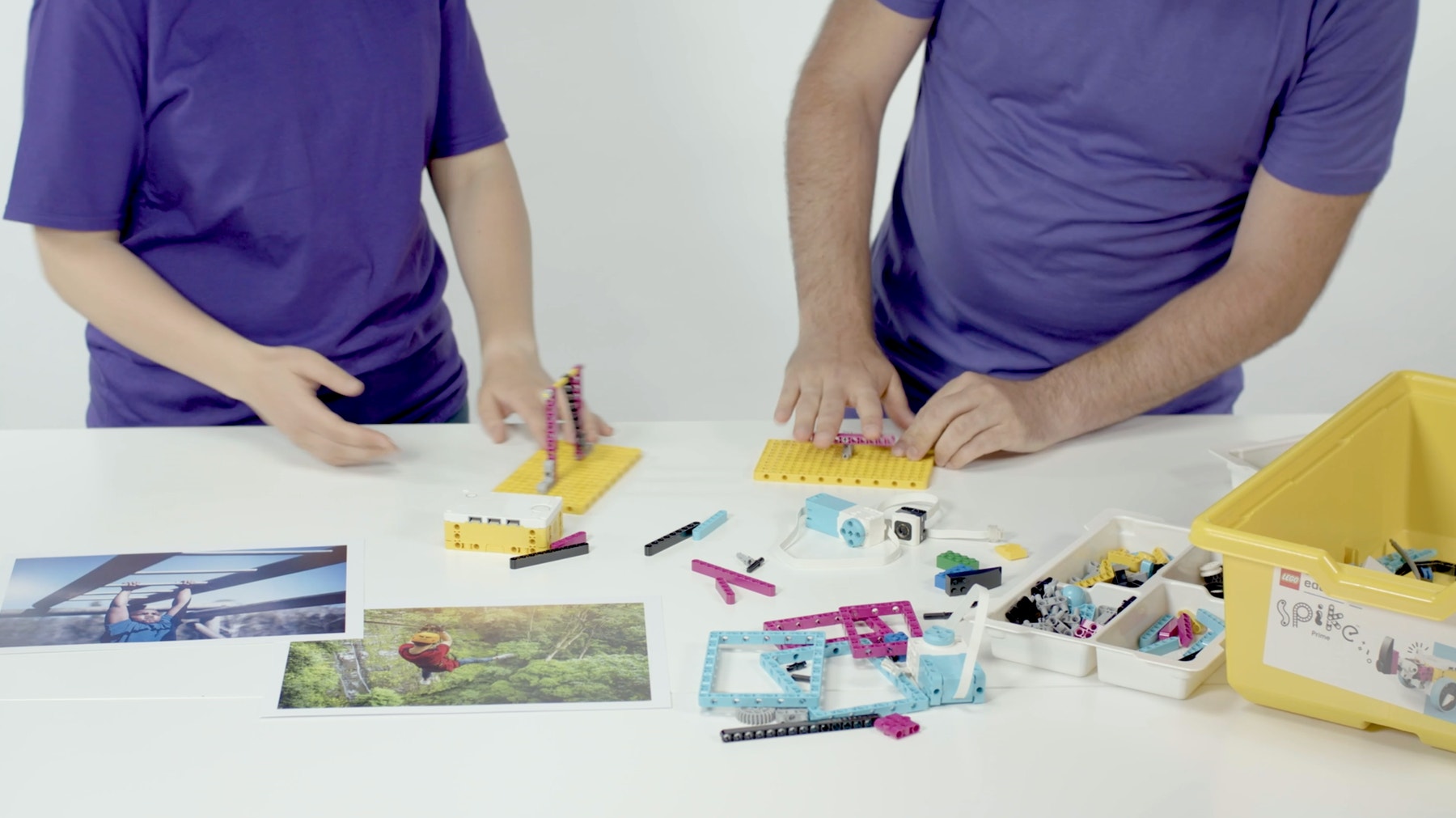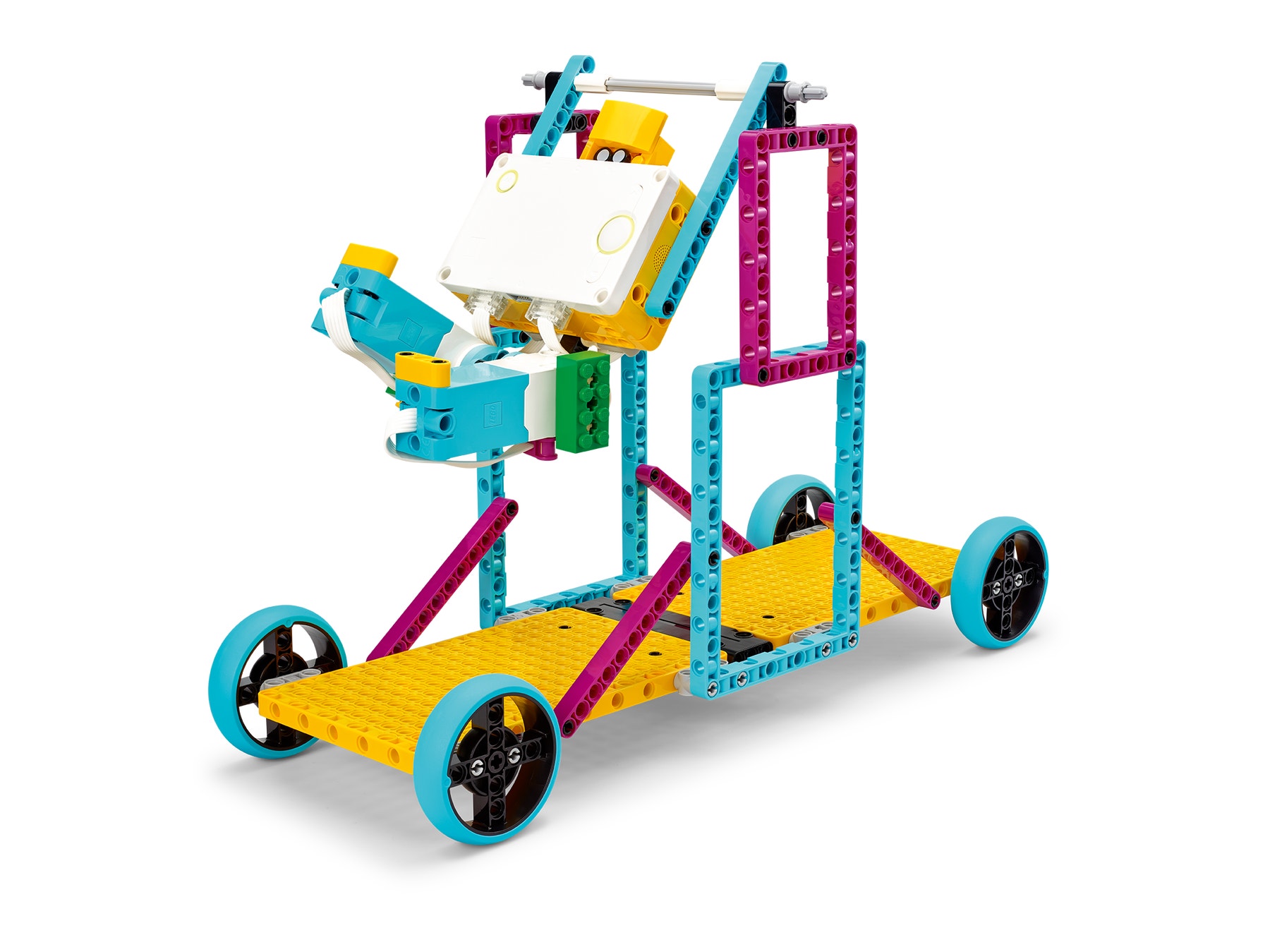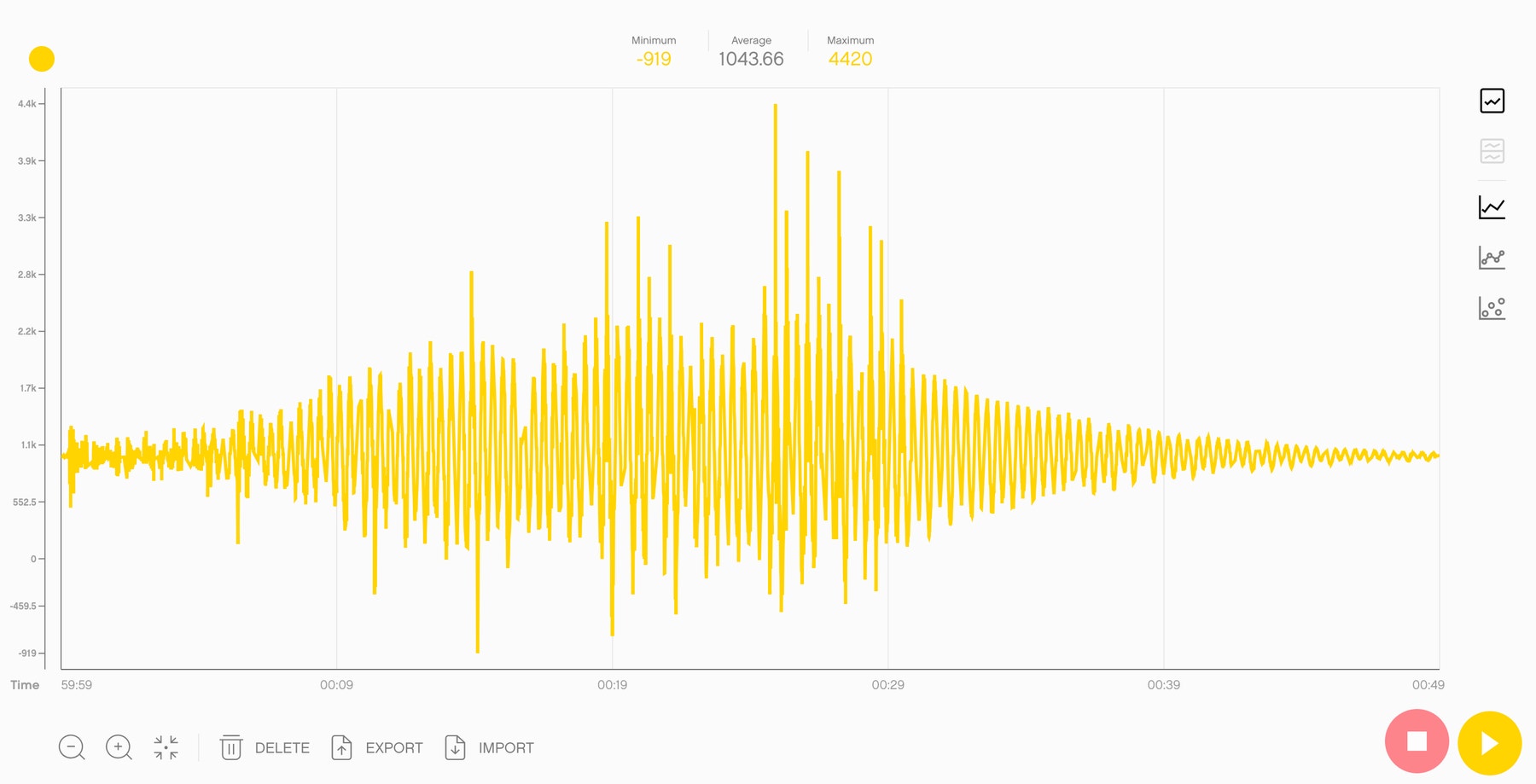The Obstacle Course
Illustrate potential and kinetic energy transfer.

Engage
(Project Part A, Before the Lesson, 30 Min.)
- In this lesson, your students will apply what they've already learned about potential and kinetic energy. They'll follow the Engineering Design Process to complete an open-ended project where they'll create an obstacle course to demonstrate their comprehension of these concepts.
- The best types of obstacles for this project feature pendulum, ‘seesaw’ or up-and-down motion.
- Use various materials to engage your students on the topic of pitch, roll and yaw data values.
Ignite a Discussion
Start a discussion by asking questions related to the lesson. Here are a few suggestions:
- How are kinetic and potential energy related?
- Do you know of any obstacle course games?
Have your students write down their thoughts as a hypothesis.
Explore
(Project Part A, During the Lesson, 45 Min.)
- Have your students work in pairs to brainstorm ideas for 2 or 3 obstacle course games to build.
- Tell them to think about how they'll log values in order to illustrate energy transfer.
- Make sure that they incorporate the use of data into their ideas.
- Allow them some time to build prototypes of their ideas.
Explain
(Project Part B, During the Lesson, 45 Min.)
- Tell your students to conduct their experiments.
- Encourage them to record plenty of data to use later on and ask them to describe the values that they're going to graph.
- Have them record videos as they demonstrate their models.
Elaborate
(Project Part B, After the Lesson, 45 Min.)
- Facilitate a sharing session in which your students exchange information. This can be done using whichever method/tool is the most efficient (i.e. in-person or online).
Evaluate
- Give feedback on each student's performance.
- To simplify the process, you can use the assessment rubrics that have been provided.
Assessment Opportunities
Teacher Observation Checklist
Establish a scale that suits your needs, for example:
Partially accomplished
Fully accomplished
Overachieved
Use the following success criteria to evaluate your students' progress:
- The students are able to identify the key elements of a problem.
- The students are autonomous in developing a working and creative solution.
The students are able to clearly communicate their ideas.
Self-Assessment
Have each student choose the brick that they feel best represents their performance.
- Blue: I've successfully created an obstacle course model.
- Yellow: I've successfully created an obstacle course model and have logged data to demonstrate the transfer of energy.
- Violet: I've successfully created an obstacle course model. I've logged data to demonstrate the transfer of energy, and I've clearly presented my ideas.
Peer Feedback
Encourage your students to provide feedback to one another by:
Having one student use the coloured brick scale above to score another student’s performance.
- Asking them to present constructive feedback to one another so that they can improve their group’s performance during the next lesson.

Differentiation
Simplify this lesson by:
- Providing 4 or 5 obstacle course examples for your students to choose from, for example:
- Horizontal bar obstacle
- Ring swing obstacle
- Zip wire obstacle
- Ladder up-and-down obstacle
- Using the Horizontal Bar Obstacle model to demonstrate what your students are about to do
Take this lesson to the next level by:
- Facilitating the brainstorming session as a whole-class activity, giving the groups more ideas to choose from.
- Sharing ideas for obstacle course games or different ways of using motors and sensors

Tips
Building Tips
Open-Ended Solutions
This project is designed so that every student or team can have a unique solution.
Example Solution
Here's an idea that you could use to inspire your students' design process.

Coding Tips
Main Program

Science Data Tips
Here’s an example of the data your students can expect from this experiment.

Extensions
Maths Extension
To incorporate the development of maths skills:
- Have your students use their Hubs to record data outside of the classroom. For example, they could record acceleration values in an elevator, on a playground or at an amusement park. Ask them to compare and describe the graphs from each location.
Note: This will require additional time.

Literacy Extension
To incorporate the development of literacy skills:
- Pair up the groups during the Elaborate phase of the lesson. Have one group present their model while the other group takes notes, asks questions and interviews them. Ask the groups to switch roles. After both groups have shared, have each group create a blog post or a video describing what they've seen.
Note: This will require additional time.

Career Links
The students who enjoyed this lesson might be interested in exploring these career pathways:
- Therapeutic Services
- Engineering & Technology
Teacher Support
Students will:
- Create a model of an obstacle course that illustrates the use of potential and kinetic energy
LEGO® Education SPIKE™ Prime Set
Device with the LEGO Education SPIKE App installed
Any other material that’s relevant for this project
ACSSU117
Change to an object’s motion is caused by unbalanced forces, including Earth’s gravitational attraction, acting on the object.
ACSSU155
Energy appears in different forms, including movement (kinetic energy), heat and potential energy, and energy transformations and transfers cause change within systems.
ACTDEP036
Generate, develop, test, and communicate design ideas, plans and processes for various audiences using appropriate technical terms and including graphical representation techniques.
ACTDEP038
Independently develop criteria for success to evaluate design ideas, processes and solutions and their sustainability.
ACTDIP025
Acquire data from a range of sources and evaluate authenticity, accuracy, and timeliness.
ACTDIP026
Analyse and visualise data using a range of software to create information, and use structured data to model objects or events.
ACTDEP036
Generate, develop, test, and communicate design ideas, plans and processes for various audiences using appropriate technical terms and technologies including graphical representation techniques.
ACTDEK031
Analyse how motion, force and energy are used to manipulate and control electromechanical systems when designing simple, engineered solutions.




